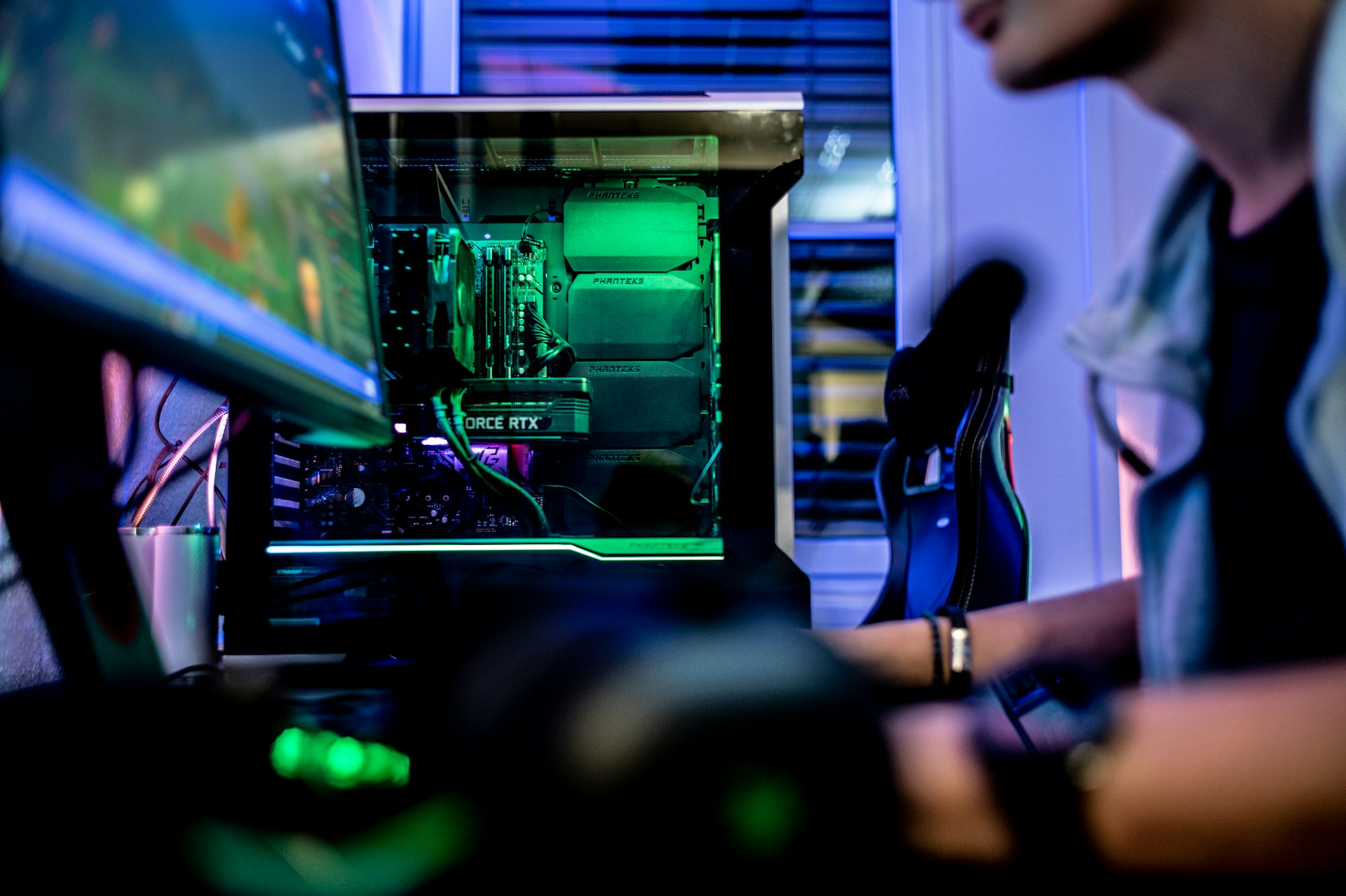Managing digital game servers effectively is crucial for ensuring a seamless gaming experience, especially as online multiplayer games continue to surge in popularity. Here are some practical solutions that can help administrators and developers maintain stability, security, and performance in managing digital game servers.
- Server Virtualization and Cloud-based Solutions
One of the most effective strategies for managing game servers is the use of server virtualization and cloud services. These solutions offer flexibility and scalability, allowing server administrators to allocate resources dynamically based on demand. Cloud platforms like AWS, Azure, and Google Cloud provide specialized gaming solutions that optimize server performance and player latency. These services often come with built-in tools for load balancing, automatic scaling, and disaster recovery, greatly simplifying server management tasks.
- Automated Scaling and Load Balancing
For games that experience varying levels of player activity, automated scaling is essential. Implementing auto-scaling solutions ensures that the server infrastructure can adjust itself automatically based on real-time usage data. This not only helps in managing sudden spikes in player numbers but also optimizes costs by reducing resources during off-peak hours. Load balancing distributes player loads across multiple servers or instances, which helps maintain consistent performance and reduces lag during peak times.
- Robust Security Measures
Security is a top priority when managing game servers, as these are often targets for DDoS attacks and other malicious activities. Utilizing firewalls, VPNs, and anti-DDoS protection services is fundamental in safeguarding servers. Regularly updating software and applying security patches are also critical to prevent vulnerabilities. Implementing strong authentication measures for both players and administrators further ensures that access to the server’s backend is well-protected.
- Efficient Data Backup and Recovery Systems
Regular backups are essential for recovering game data in the event of hardware failure, data corruption, or security breaches, particularly in Minecraft hosting. Automated backup solutions can be scheduled to run during off-peak hours to minimize impact on server performance. Additionally, having a reliable recovery plan in place ensures that Minecraft servers can be quickly restored to operational status with minimal downtime, thus preserving player trust and satisfaction.
- Performance Monitoring and Optimization Tools
Continuous monitoring of server performance is vital for maintaining an optimal gaming experience. Tools that provide real-time analytics on server load, resource usage, and player activity can help in identifying potential issues before they affect gameplay. Optimizing server settings based on this data, such as adjusting tick rates, memory allocation, and network settings, can significantly enhance overall server performance and reduce latency.
- Community and Player Support Systems
Effective communication with the player base is crucial, especially when managing server downtimes or performance issues. Establishing a robust support system, including forums, helpdesks, and direct chat options, can help in addressing player concerns quickly and efficiently. Providing players with regular updates about server status and maintenance schedules builds transparency and trust within the community.
Conclusion
Managing digital game servers requires a comprehensive approach that encompasses technology solutions and effective communication strategies. By leveraging modern cloud infrastructure, automating scaling processes, ensuring robust security, and maintaining open lines of communication with the player community, server administrators can ensure that game environments are stable, secure, and enjoyable for all players.







